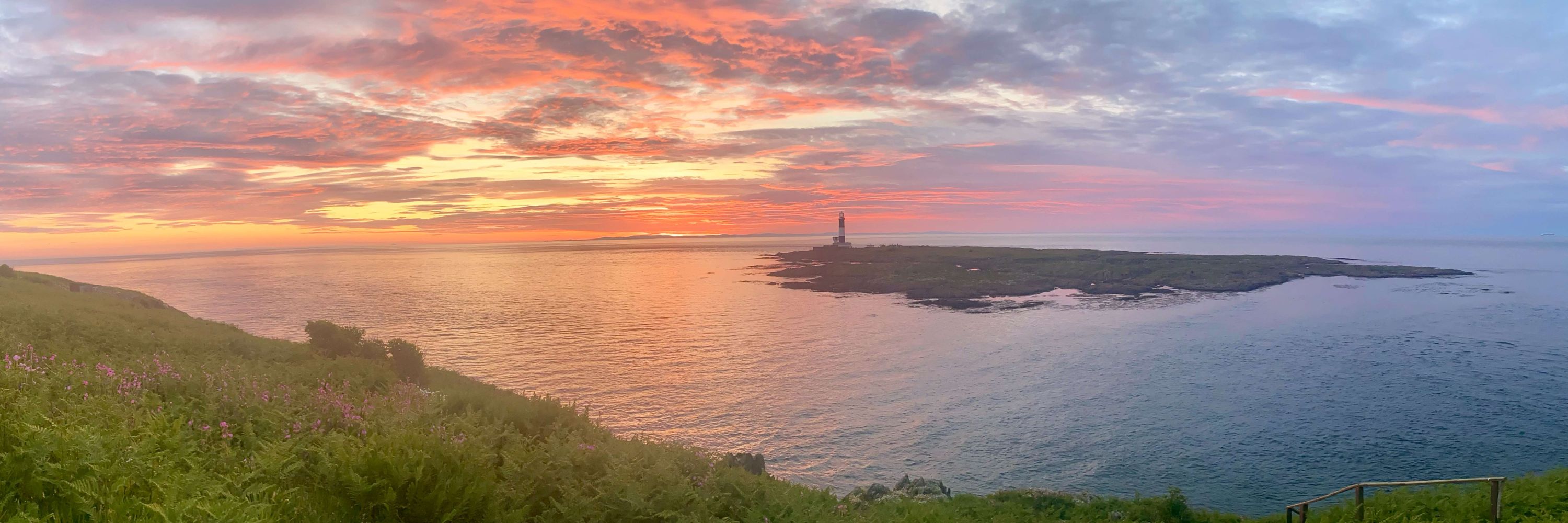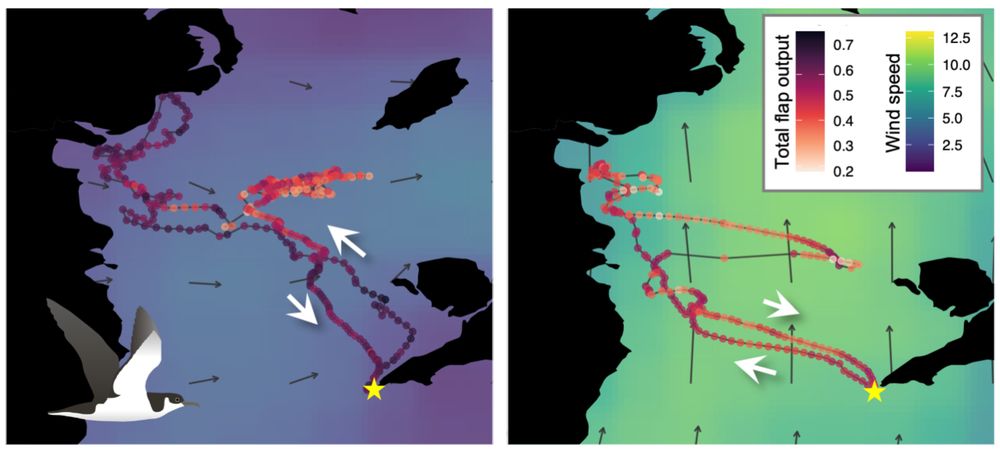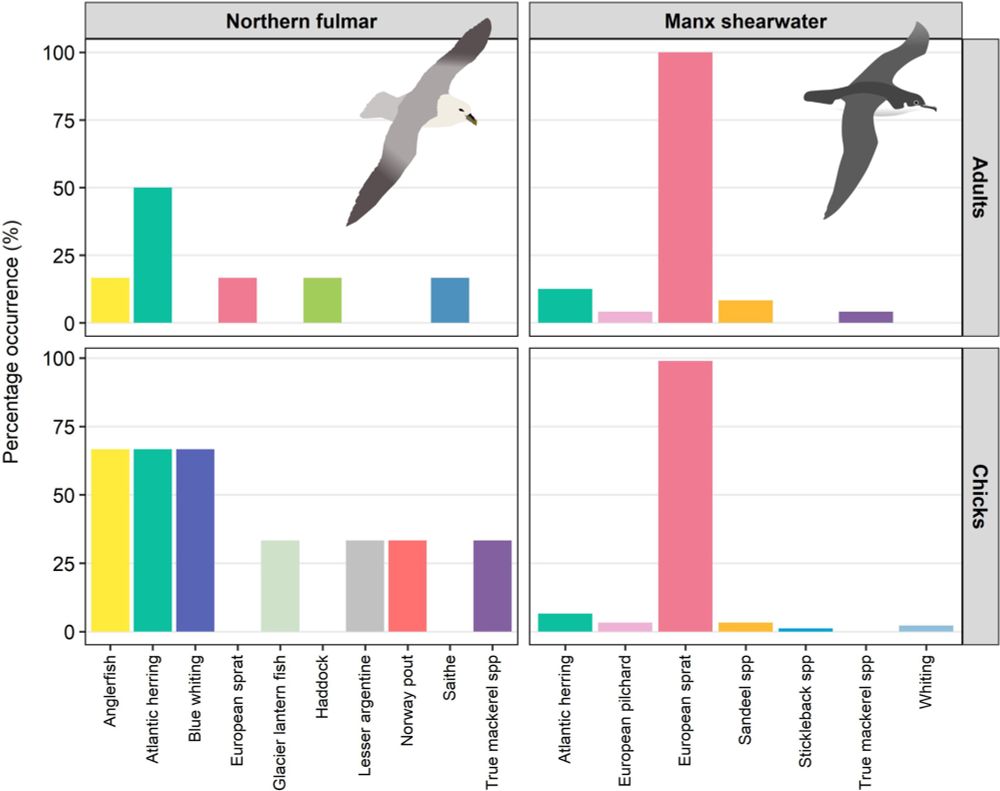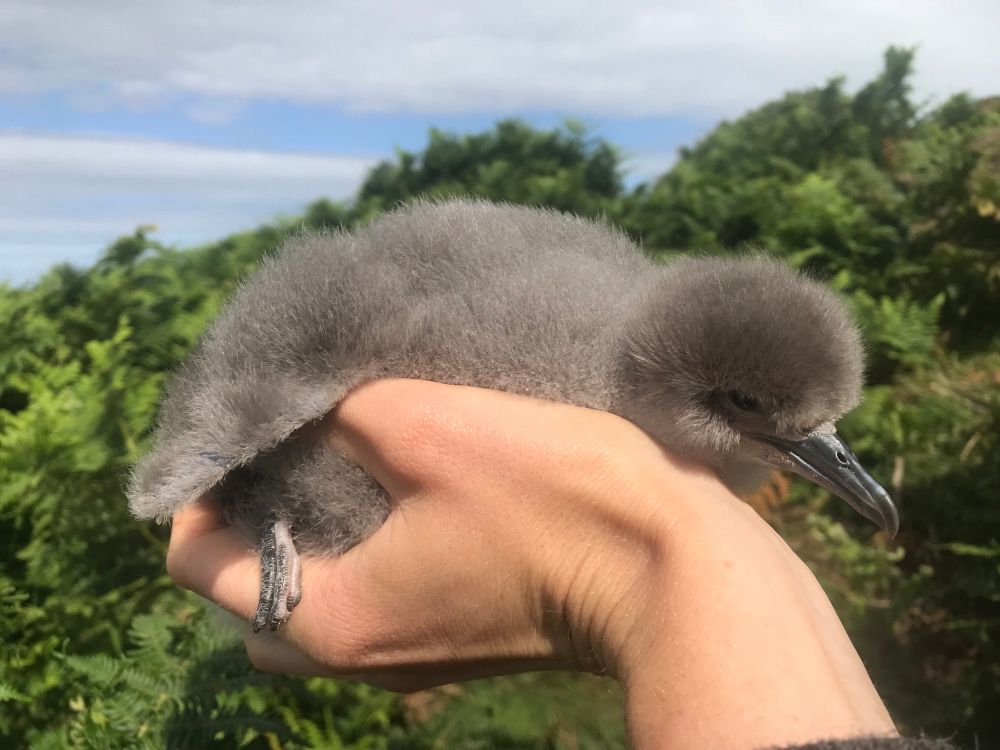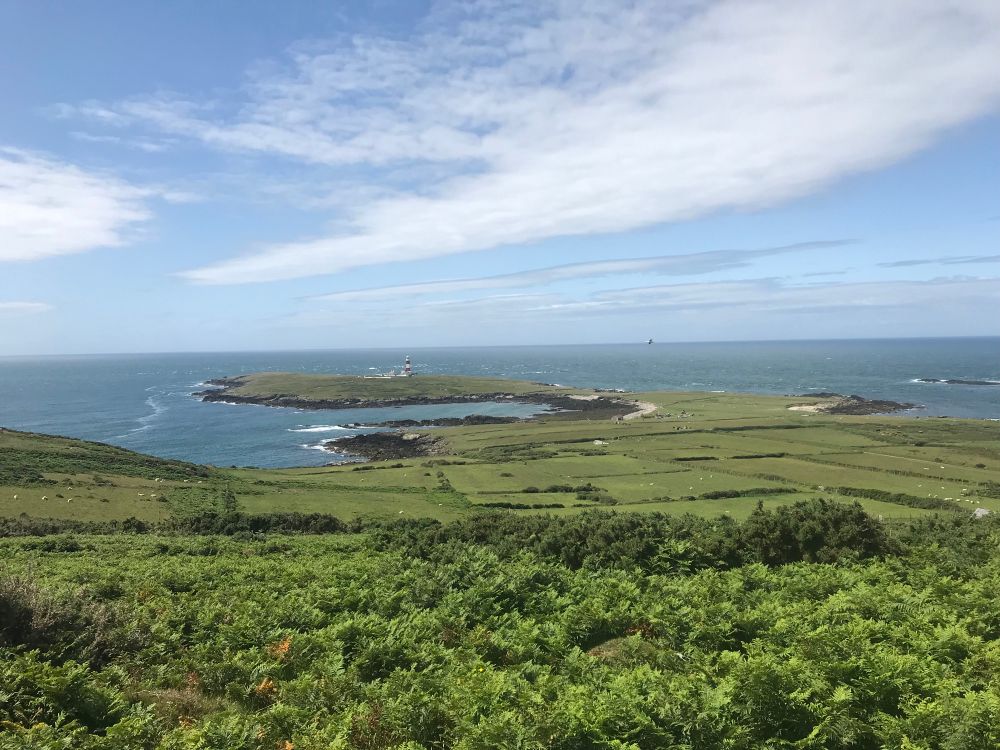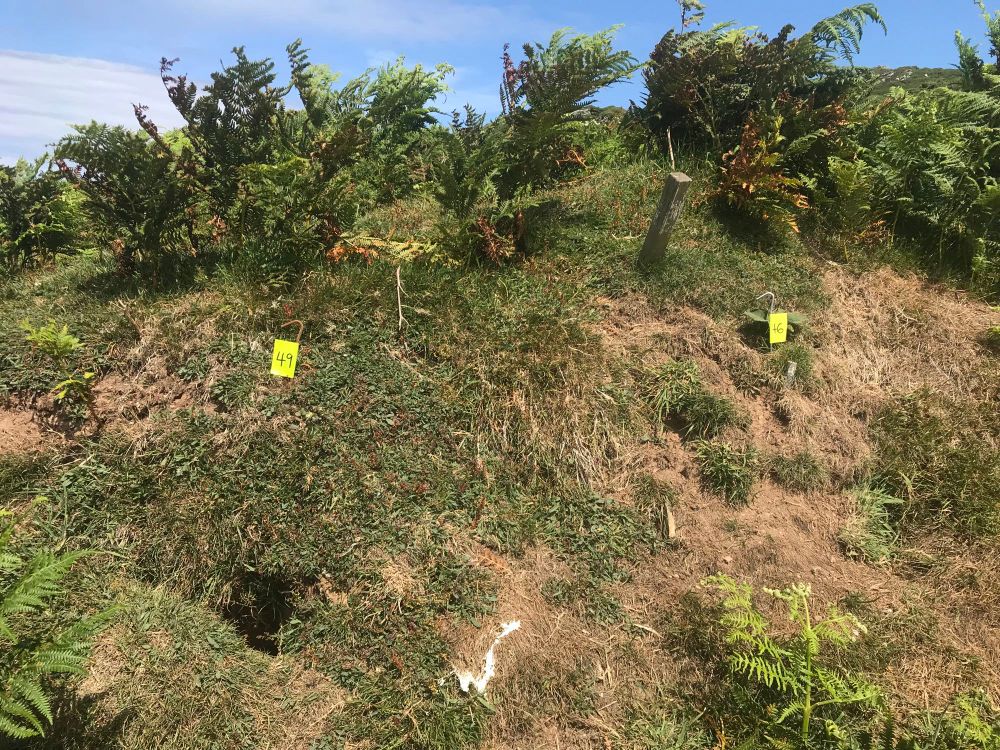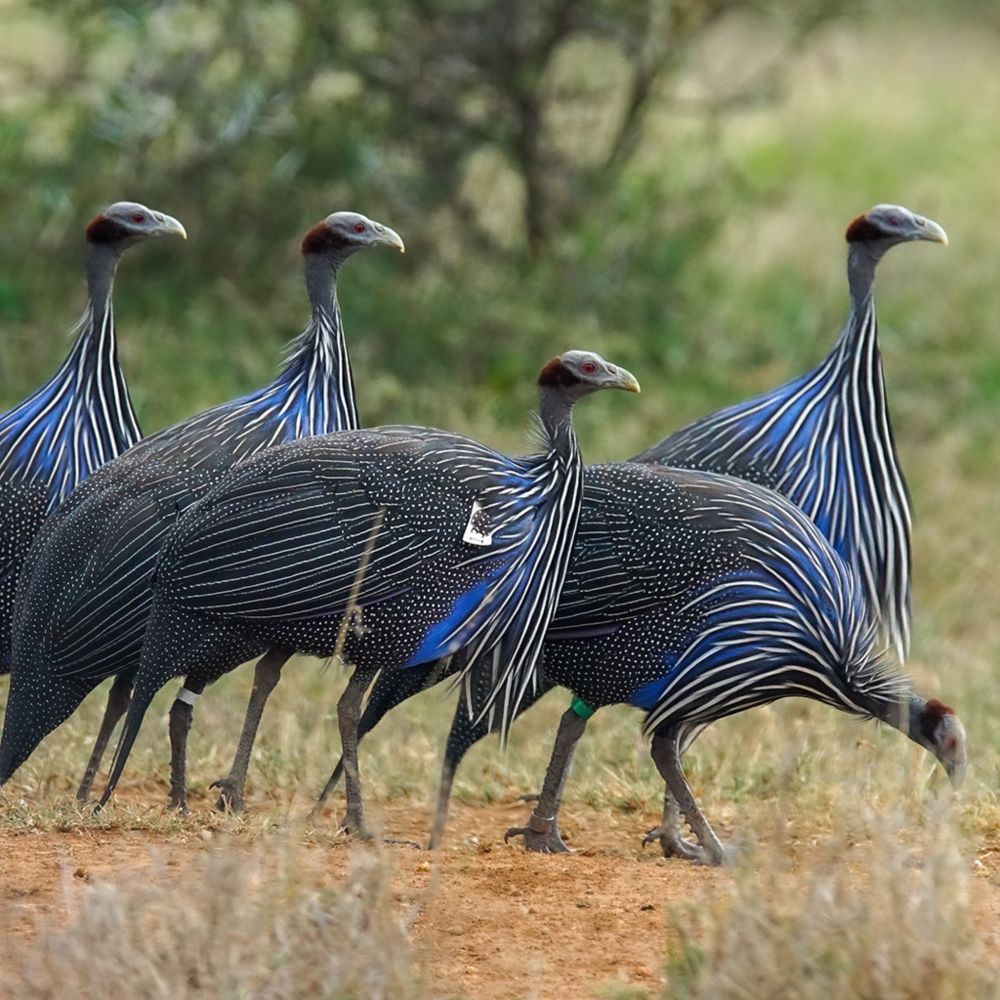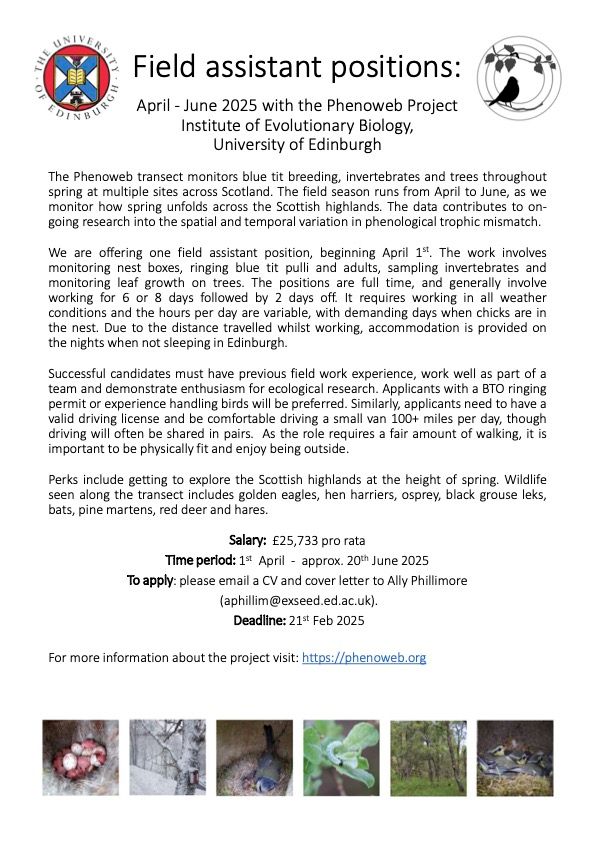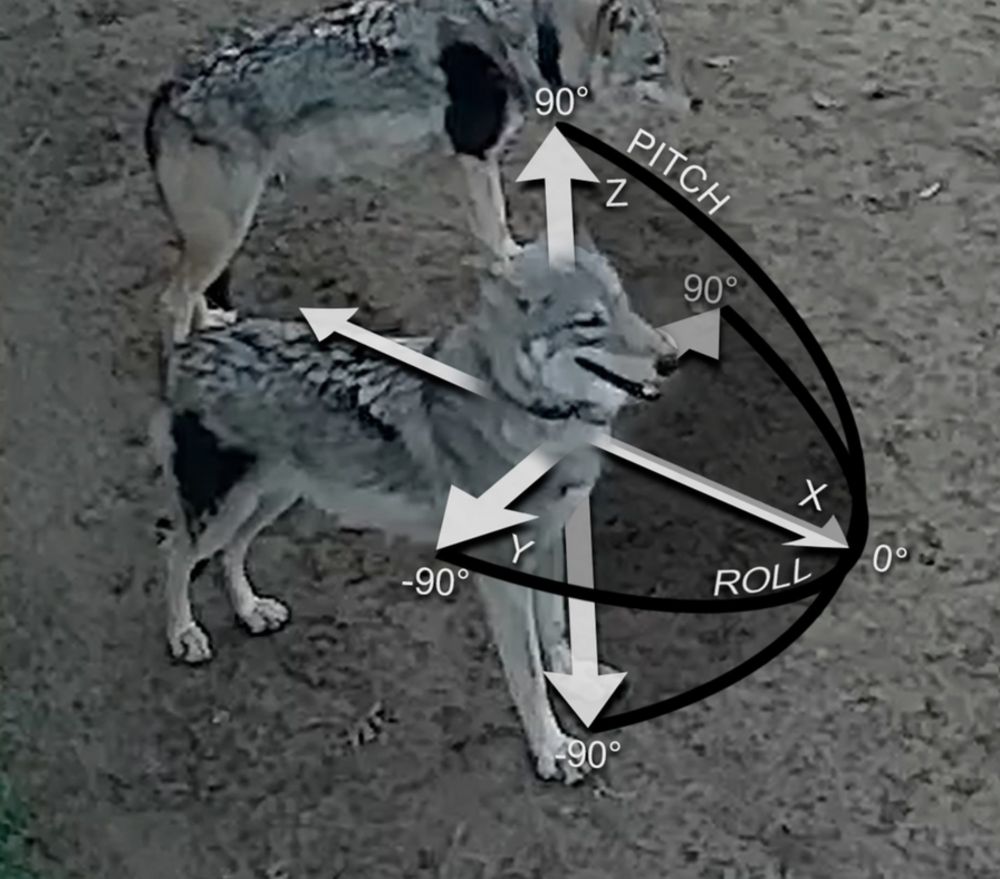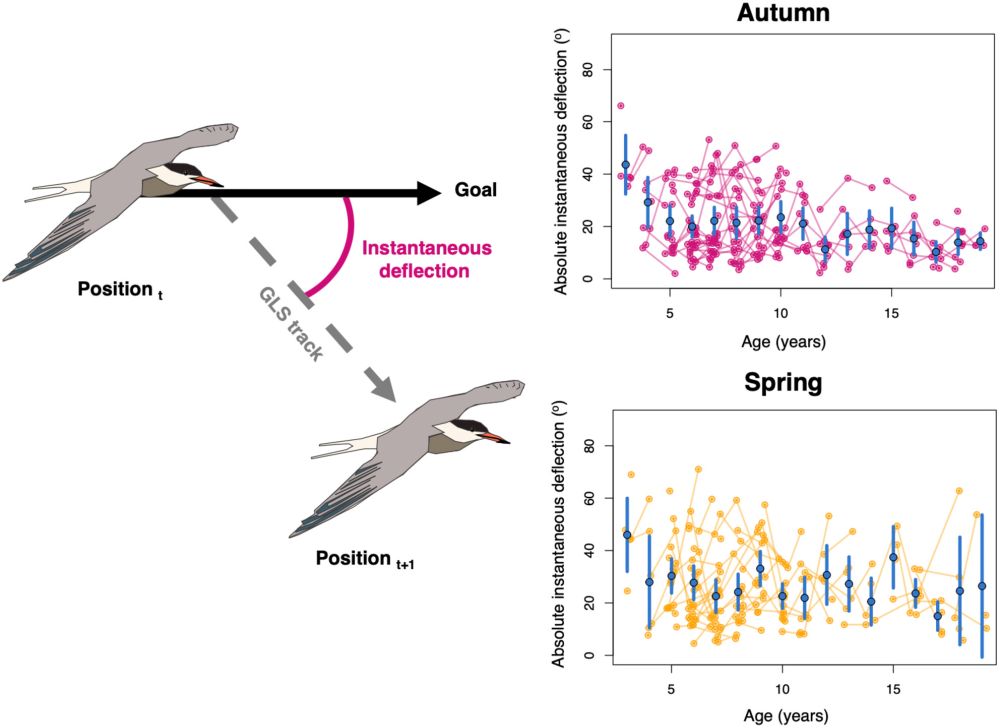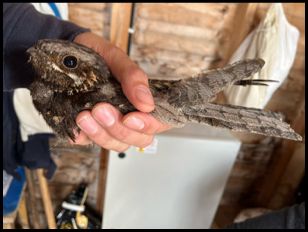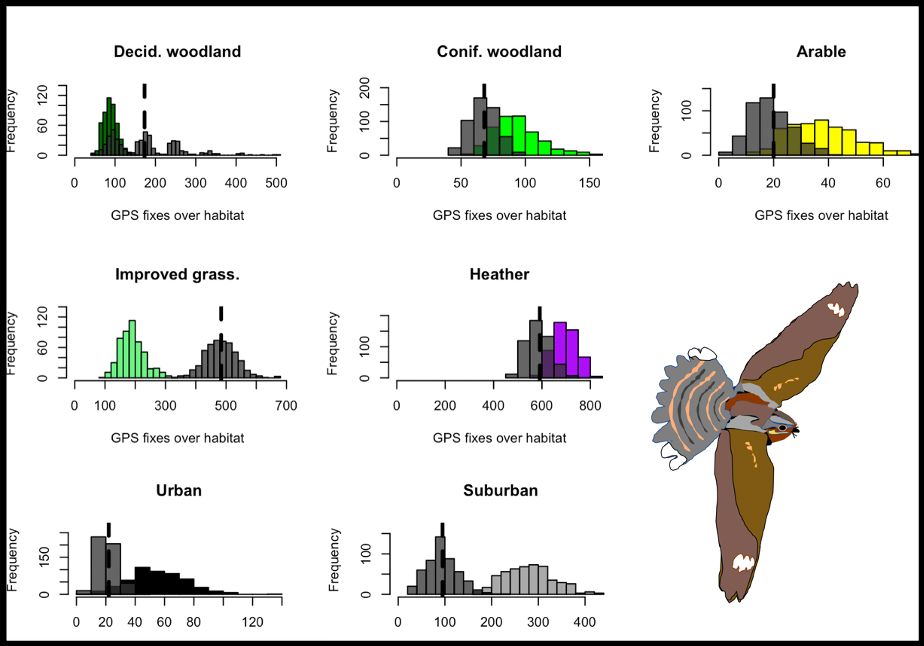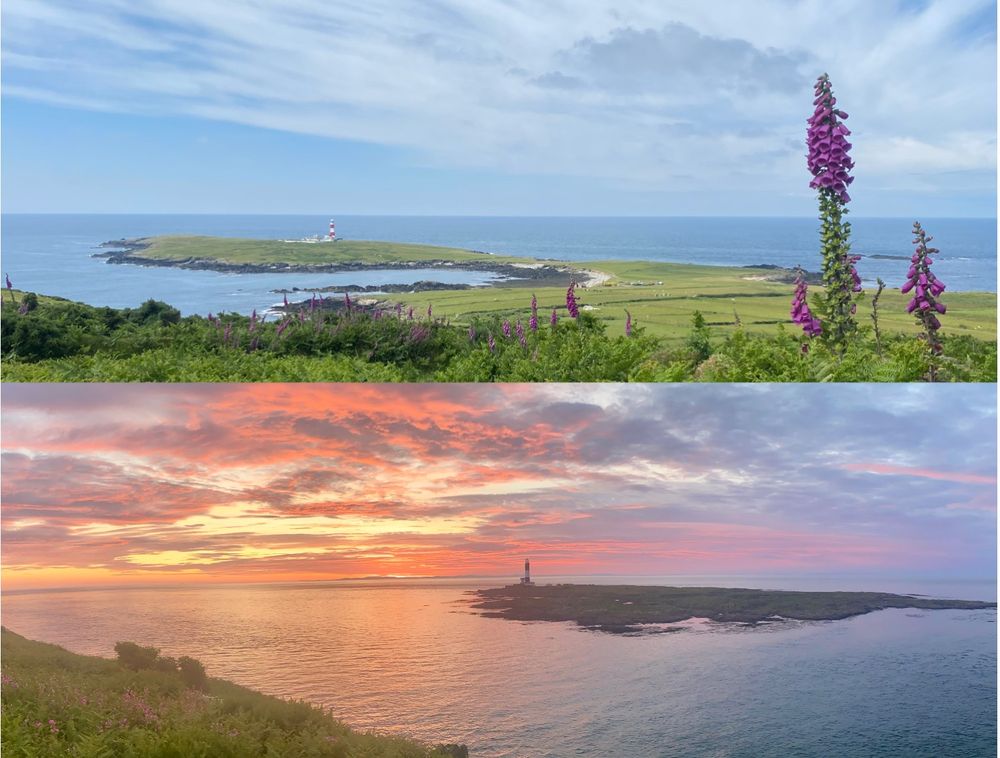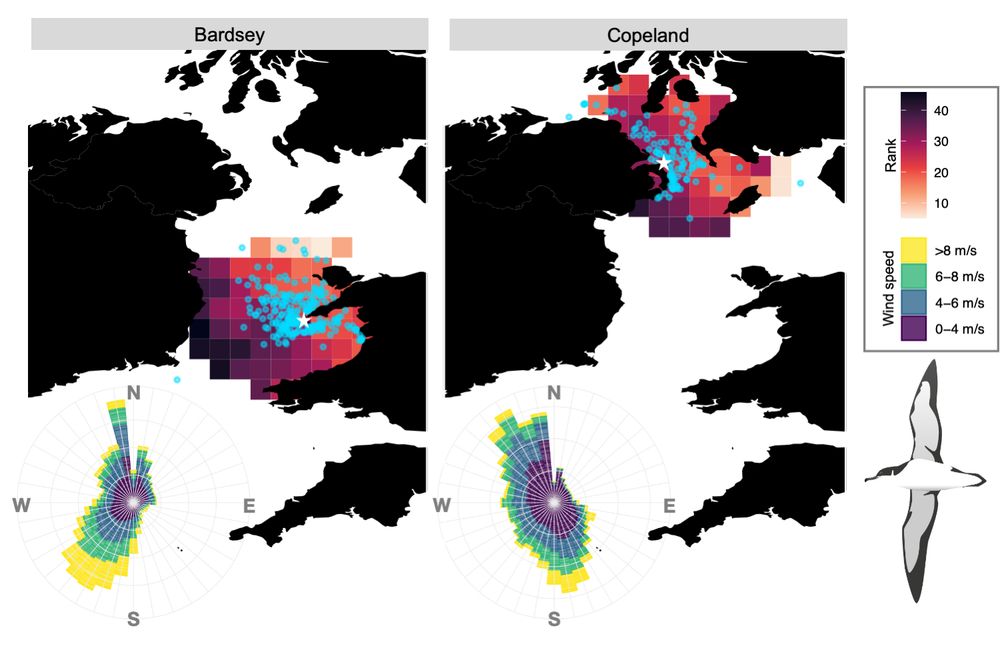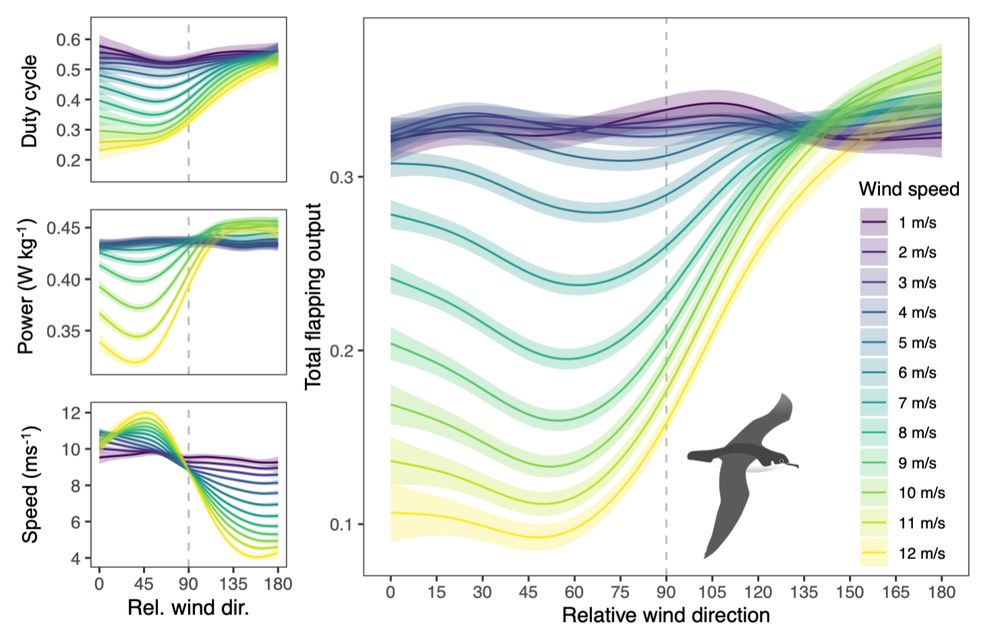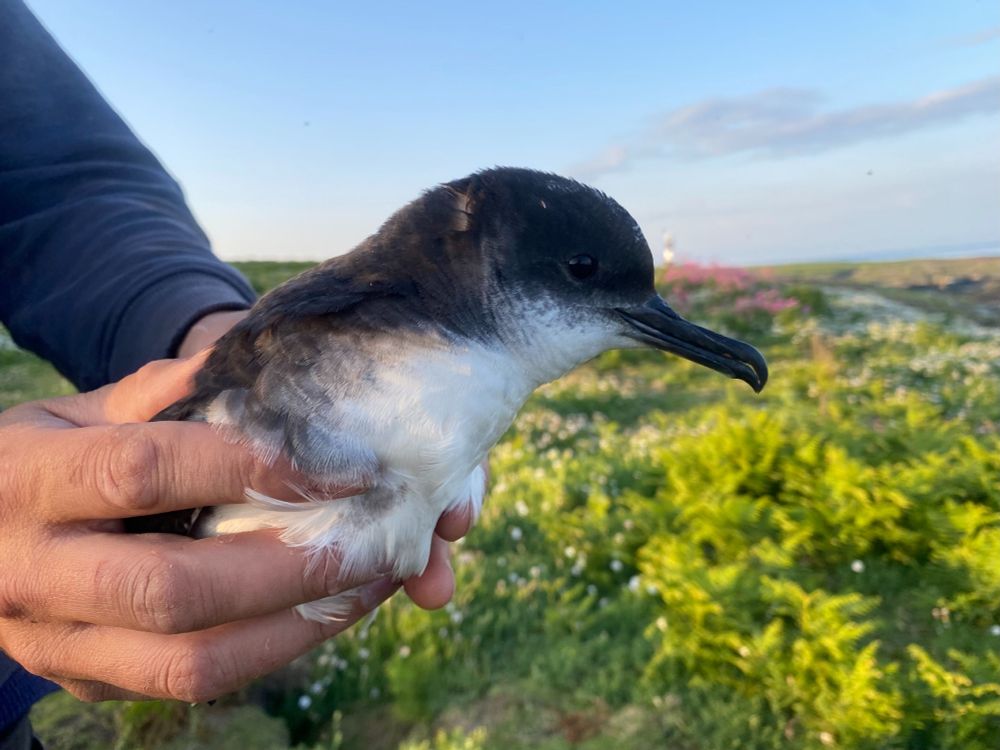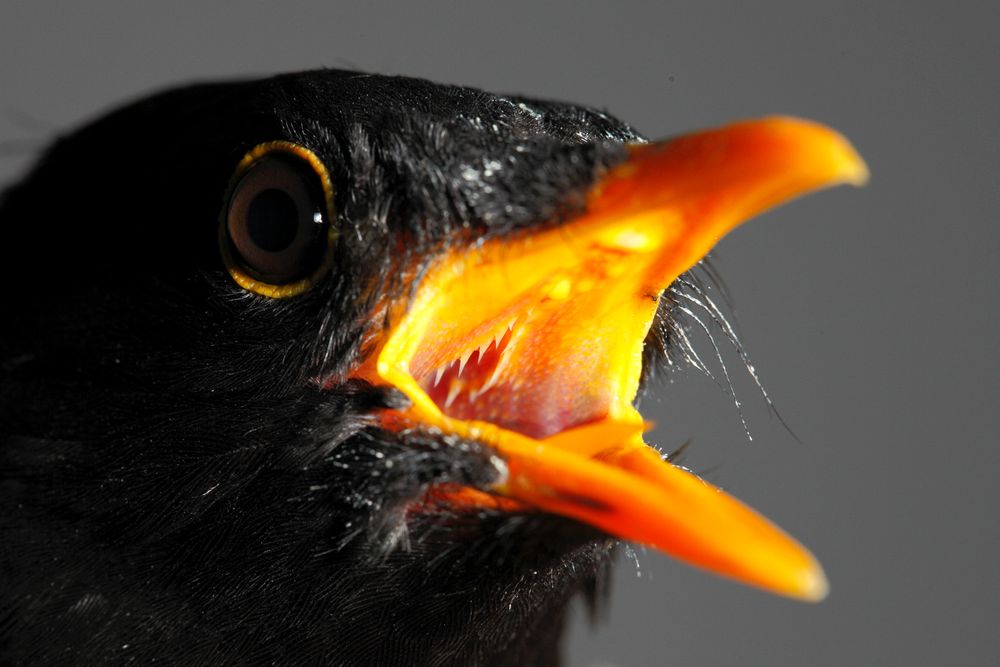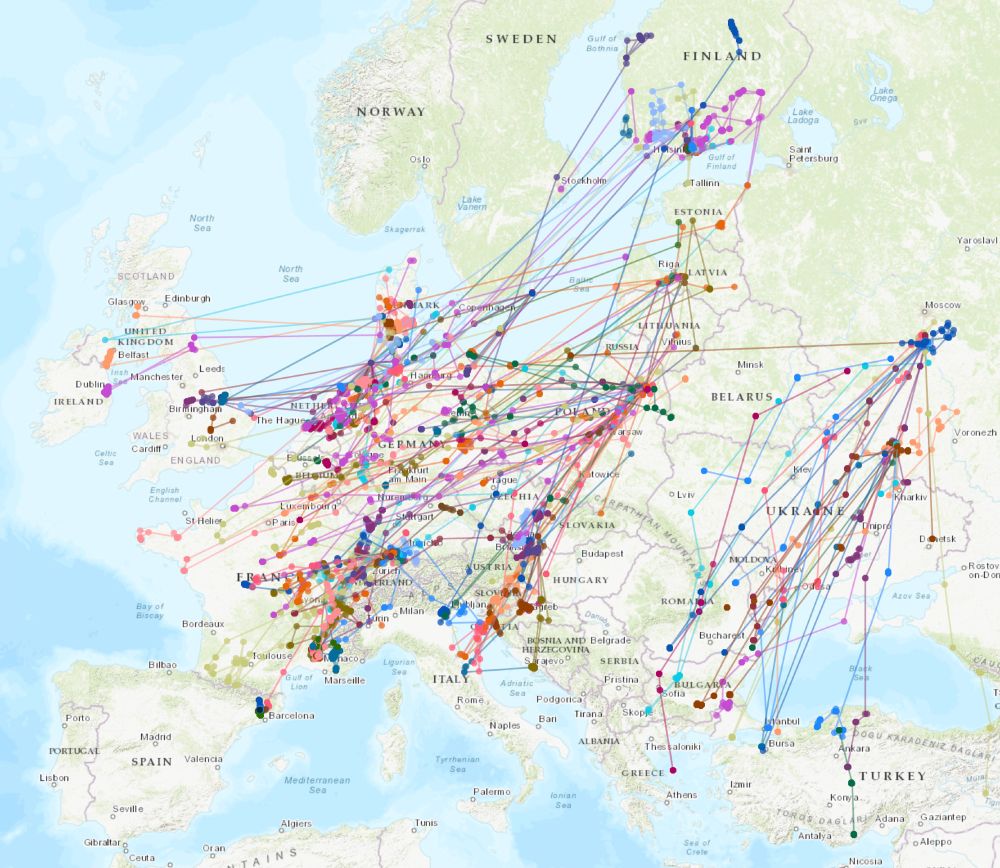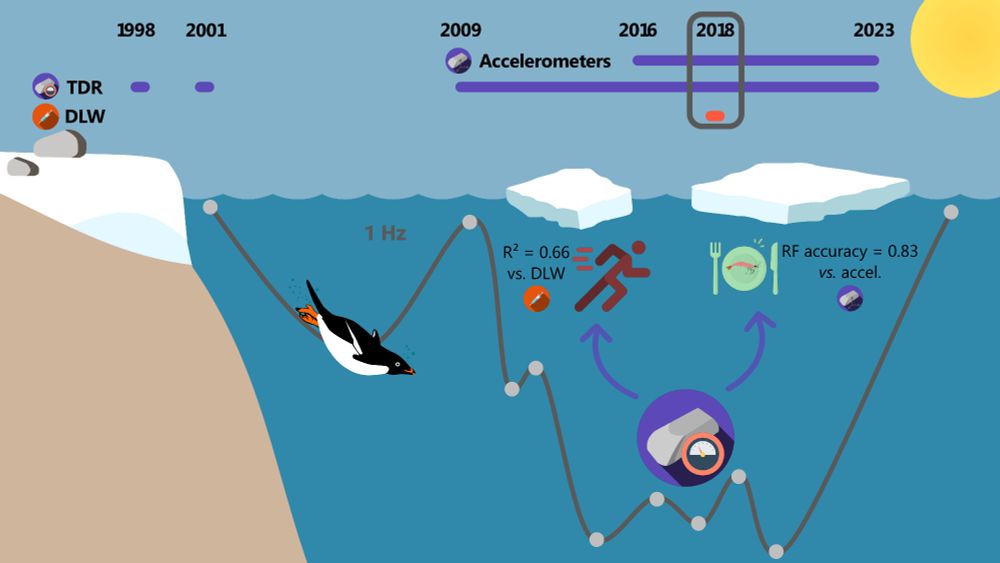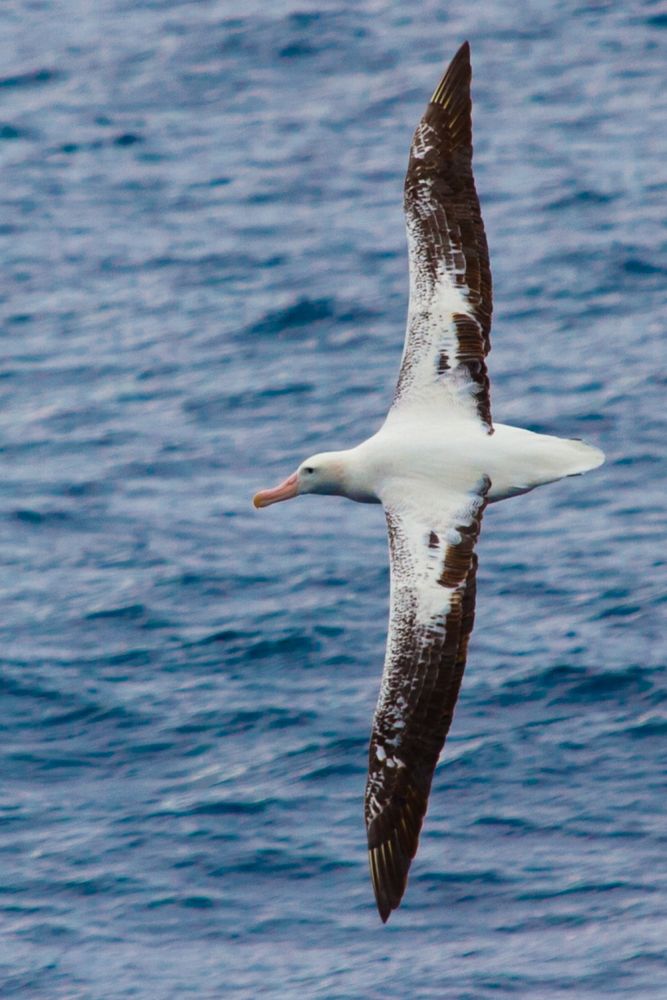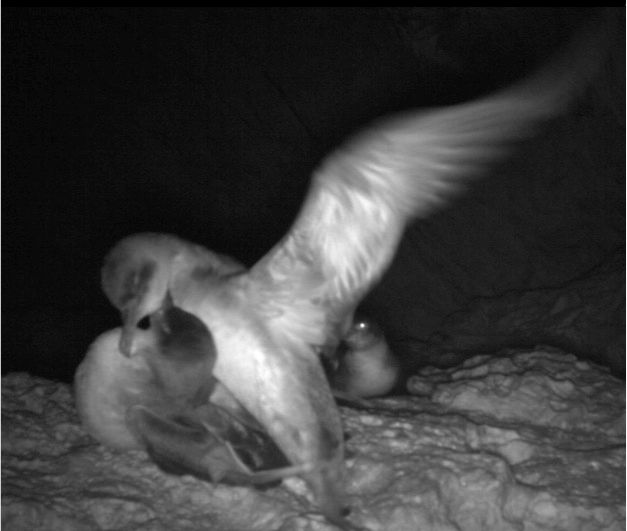Steph Harris
@stephharris.bsky.social
590 followers
340 following
7 posts
Researcher at Bangor University @sosbangor.bsky.social working on seabird movement and energetics. Interested in animal movement, behaviour and demography. She/her
Posts
Media
Videos
Starter Packs
Pinned
Reposted by Steph Harris
Reposted by Steph Harris
Reposted by Steph Harris
Reposted by Steph Harris
Reposted by Steph Harris
Steph Harris
@stephharris.bsky.social
· Jan 15
Steph Harris
@stephharris.bsky.social
· Jan 15
Reposted by Steph Harris
Reposted by Steph Harris
Reposted by Steph Harris
Reposted by Steph Harris
Liam Langley
@liamlangley1.bsky.social
· Nov 25
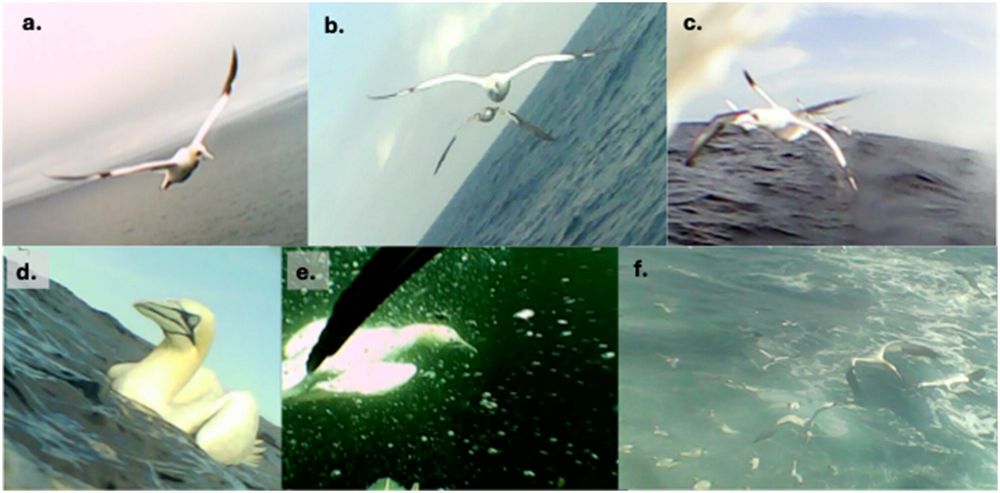
Competition and Facilitation Influence Central Place Foraging Ecology in a Colonial Marine Predator
Analysis of combined deployments of GPS loggers with cameras or temperature–depth recorders reveals that despite experiencing intraspecific competition for food, northern gannets engage in dynamic, c...
dx.doi.org
Reposted by Steph Harris
Reposted by Steph Harris
Ruth Dunn
@ruthedunn.bsky.social
· Nov 28

CR2025_18: Migration strategies and activity in a wide-ranging tropical seabird at University of Reading on FindAPhD.com
PhD Project - CR2025_18: Migration strategies and activity in a wide-ranging tropical seabird at University of Reading, listed on FindAPhD.com
www.findaphd.com
Reposted by Steph Harris
